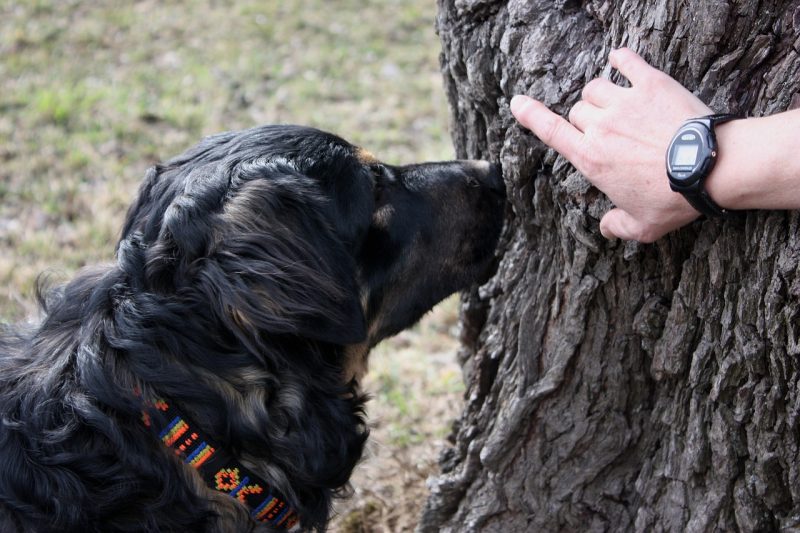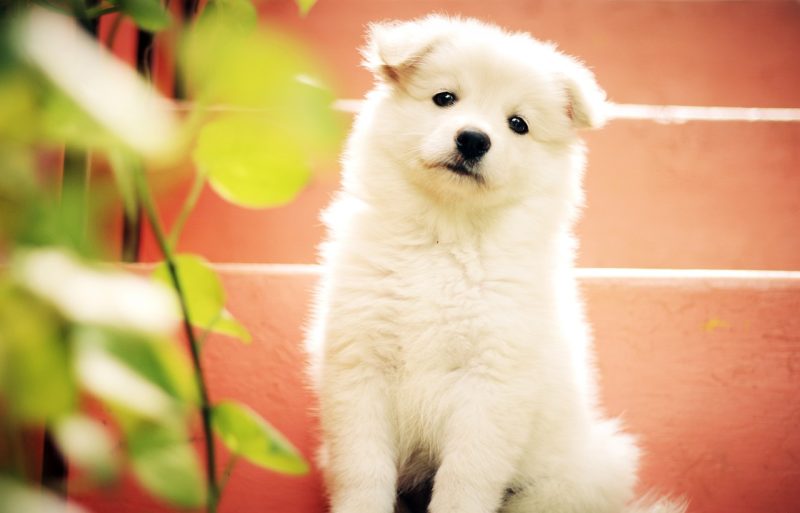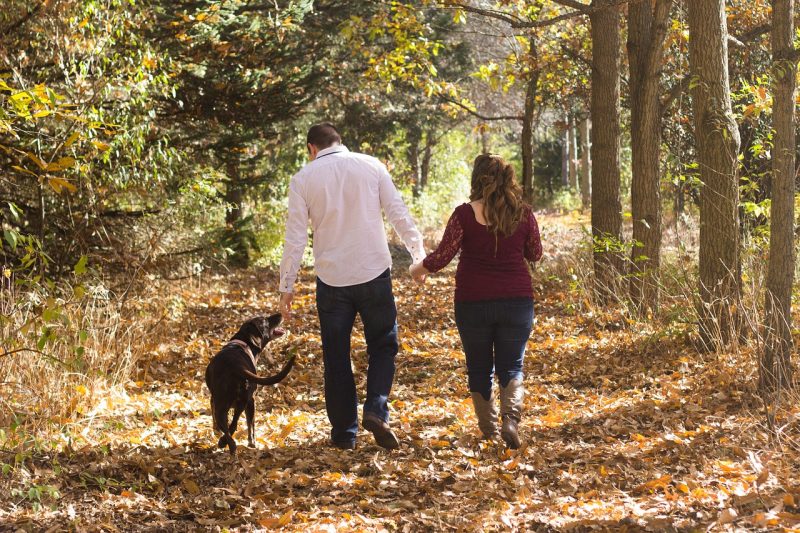
So, you’re considering adding a furry friend to your family and think large dog breeds might be the perfect fit. You’ve come to the right place! Large dogs make wonderful companions when given the proper care, training, and space to thrive.
As an aspiring dog owner, you likely have questions about finding the ideal large breed to join your home. What are the best family-friendly big dog options? How much exercise do they need? What health issues should you watch out for? This article covers everything you need to know, from popular picks of large dog breeds for families to must-have supplies for giant four-legged friends.
Characteristics of Large Breeds
Before diving into specific breeds, it helps to understand some general traits of big dogs so you can find the right match. Large dog breeds typically:
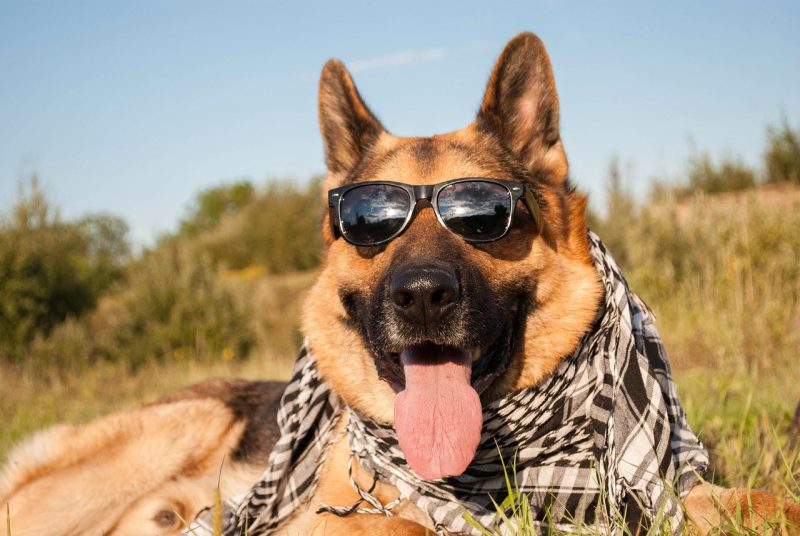
- Weigh over 50 pounds as adults.
- Stand at least 23 inches tall at the shoulder.
- Have a thick double coat or lots of loose skin and wrinkles.
- Tend to be intelligent, loyal, and people oriented.
- Require regular exercise and outdoor space to play.
- Are more expensive to feed and care for than small dogs.
- Have shorter average lifespan of 8-10 years.
When do Large Dogs Stop Growing?
While small breeds reach adult size faster, most giant breeds keep putting on height and weight until age 18-24 months. So, that cute little puppy could turn into a pony-sized pet at maturity! Proper nutrition and exercise during this growth period is essential.
While big in size, most large dogs think they’re lap dogs and want to be close to their people as much as possible. Your furniture and personal space may take a hit, but you’ll gain a loving shadow who lives to make you happy.
Popular Giant Dog Breeds
Now, let’s explore some of the most popular big dog breeds that make wonderful family pets:
Labrador Retriever
The Labrador Retriever is one of the most popular dogs in the world for good reason. This friendly, intelligent breed has a reputation for being wonderful with kids and highly trainable. Labs love to play, go for long walks and runs, and spend time with their families.
- Size: 21.5-24.5 inches tall, 55-80 pounds
- Coat: Short, dense and waterproof
- Color: Black, yellow, or chocolate
- Lifespan: 10-12 years
Labs do shed quite a bit. You’ll need to invest in a good vacuum if you welcome one of these adorable shedders into your home!
Golden Retriever
For those wanting a bright, happy presence greeting you at the door each day, the Golden Retriever shines. Goldens are smart, eager to please, and gentle with kids. They’re athletic enough to join you on hikes but also happy snuggling by your feet.
- Size: 21.5-24 inches tall, 55-75 pounds
- Coat: Long, dense, water-repellent with feathering
- Color: Shades of gold
- Lifespan: 10-12 years
Like the Labrador, Goldens shed a lot year-round. Daily brushing helps control loose fur and keeps their gorgeous coat healthy.
Standard Poodle
While toy and miniature poodles are petite, you’ll want to look at their larger Standard Poodle cousins if seeking a big hypoallergenic dog breed. Behind the fancy haircut lies an elegant yet fun-loving dog. Poodles are incredibly smart, easy to train, and gentle playmates for respectful children.
- Size: Over 15 inches tall, 40-70 pounds
- Coat: Curly and dense; grows continuously
- Color: Solid black, white, brown, silver, gray, apricot, red, blue, cream or café au lait
- Lifespan: 10-18 years
Poodles do require regular professional grooming unless you want to learn how to clip those cute pom poms yourself! Their tight curls also need brushing several times a week to prevent mats. But they’re a great choice if anyone in your family has allergies.
Those are just a few top large dog options for an active family. There are many more big sweethearts out there waiting to meet you! Now let’s go over some care essentials to keep your giant furball happy and healthy.
Large Dog Care and Exercise
Welcoming a large dog into your home comes with certain care requirements. Their size and energy level need proper outlets to prevent problem behaviors from developing. Here’s what to expect when it comes to feeding, training, exercise needs, and health considerations for big breeds:
Feeding Time
That big boy or girl will need a lot more kibble to fuel their body than a small dog! Large breed diets are specifically formulated to support bone growth in puppies and joint health in adults. Feeding amounts vary based on age, weight, and activity level.
Following package guidelines, you’ll likely go through a 20-pound bag of quality dog food every 3-4 weeks. Crunching the numbers beforehand helps budget for this extra, recurring expense of large dog ownership.
You may also consider supplements that support mobility as they age. Glucosamine, chondroitin, turmeric, and fish oil are great options. Checking with your veterinarian ensures you give appropriate doses.
Training Is Key
All dogs benefit from training and boundaries, but this is especially important for large, powerful breeds. You’ll want to start socialization and basic obedience early. Attending group puppy classes allows positive interactions with people and dogs outside your family.
While that Saint Bernard puppy pulling on leash might be cute, you don’t want a giant adult dog dragging you down the street! Loose leash walking, impulse control, and responding reliably to commands are must-have skills. Consider advanced training for public access skills if your large dog will regularly accompany you places.
Patience and consistency are key when working with these intelligent big dogs. Reward-based methods using treats, praise, and play encourage cooperation. While all dogs respond better to positive reinforcement, it’s essential not to skip this foundation work with larger breeds.
Exercise Needs
A tired dog is a well-behaved dog! Most large breeds were developed as hunting, herding, drafting, or water rescue dogs. So they have ample energy reserves needing an outlet.
You’ll want to provide at least 60-90 minutes of exercise daily through some combination of:
- On-leash walks
- Backyard play sessions
- Games of fetch
- Interactive toy puzzles
- Swimming
- Hiking/running on trails
Mental stimulation through training sessions, food puzzles, and safe chew toys also helps wear out their busy brains. Puppies under 18 months need lower impact exercise as their bones and joints are still developing. Work activity times up slowly as they mature.
If your big dog isn’t getting sufficient physical and mental exercise, they may entertain themselves by chewing up your couch, digging craters in your yard, or barking up a storm. An enriched lifestyle prevents boredom and frustration that leads to destruction.
Health Considerations
While mixed breed dogs demonstrate wonderful genetic diversity called “hybrid vigor,” purebred large dogs face higher odds of certain health conditions. Responsible breeders screen their dogs before breeding. Still, it’s essential to understand possible inherited diseases you could encounter.
For example, hip and elbow dysplasia are common in large breeds and can cause lameness or arthritis later in life. Eye issues like progressive retinal atrophy may lead to eventual blindness. Bloat is a life-threatening emergency where the stomach twists. And some breeds deal with heart conditions, allergies, or neurological problems.
Catching any genetic conditions early allows you to reduce suffering and make informed choices on treatment. So partnering with a trusted veterinarian and scheduling annual exams is key. Pet insurance can also offset costs if an illness or injury strikes.
If all this giant breed care sounds like a lot of work…it is! But the unconditional love and loyalty of a big furry best friend makes it all worthwhile. Now let’s see if you have the proper environment for sharing your life with one of these lovable giants!
Living Space and Large Breed Compatibility
Before falling head over heels for that adorable Great Dane or Saint Bernard pup, make sure you can provide adequate room for such a large dog to thrive. Giant breeds aren’t well-suited for small apartments or homes without a securely fenced yard. Here are some considerations around living space:
House Size
Dogs should have room to comfortably stand, lie down, and turn around inside. While large dogs are content sleeping most of the day, they still need walkways wide enough to navigate without bumping walls or furnishings.
If you knock things over regularly in tight quarters, your big pup likely will too. Tight spaces also increase anxiety and chances of accidents. Ensure your home’s square footage can accommodate an extra-large furry resident before saying yes.
Outdoor Access
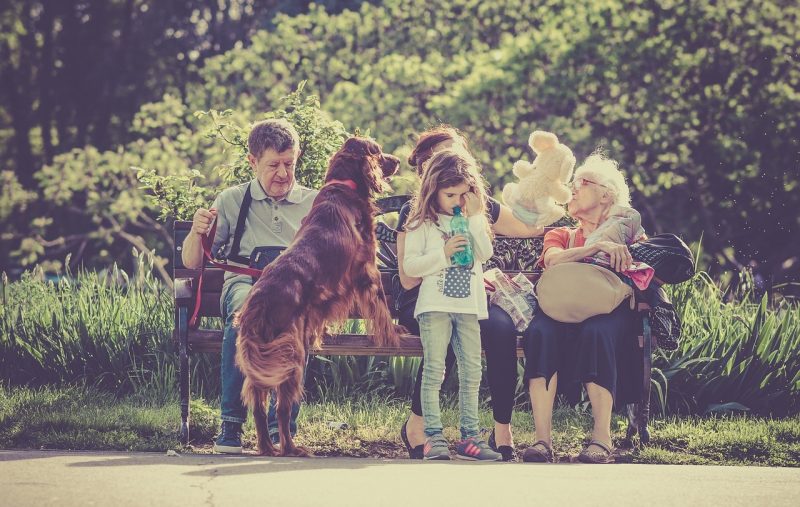
All dogs require regular opportunities to relieve themselves outside. For giant breeds, this means having immediate backyard access. Taking multiple long walks daily for potty breaks isn’t realistic with their larger bladders.
A securely fenced yard also provides a safe place for big dogs to zoom around and play fetch. High fences may be necessary so your leaping doggo doesn’t end up in the neighbor’s pool. Consider coating fencing with smooth plastic if you have a digger.
Stairs & Flooring
Do you have lots of stairs or slick floors that could spell trouble for an aging large dog? Look for ways to limit access to stairs as joint issues set in. Place sturdy runners on hardwood or tile for better traction. And have an extra dog bed on each level so your pup can comfortably rest wherever you are.
If your home has multiple stories but no yard access on the ground floor, you’ll need a plan for regular potty breaks. Carrying a 100-pound dog up and down gets tricky fast! Consider doggy diapers or installing an indoor potty spot.
Climate Conditions
Does your climate swing to temperature extremes in summer or winter? Overheating and frostbite are real concerns for short-coated and brachycephalic (flat-faced) giant breeds. Adjust outdoor time accordingly and watch closely for signs of distress.
During hot spells, ensure unlimited cool water, shady spots, damp towels, and access to air conditioning. In winter, bundle them up in coats and booties on cold walks. Also stock extra food/supplies in case storms hit and you get snowed in together.
Personal Fitness
Let’s face it – large dogs are heavy! Their size and strength require a physically fit human who can hold their own handling them. Before committing, honestly assess if you can:
- Confidently walk a strong puller
- Quickly intervene during confrontations with other dogs
- Lift and carry them in an emergency
- Wrestle exuberant jumpers and leaners
If you have mobility issues or concerns about managing a giant pup, consider a smaller or more docile breed instead.
If your home meets size requirements and you’re able to provide sufficient exercise, training, and hands-on care, go for it! Just make sure everyone in the family is fully on board and prepared to pitch in.
Conclusion
We hope this overview helped determine if a large dog breed will fit your lifestyle and family. Their imposing size and care needs aren’t for everyone. But if you have the space, time, and willingness to meet their needs, they pay you back with endless affection in a bigger package.

